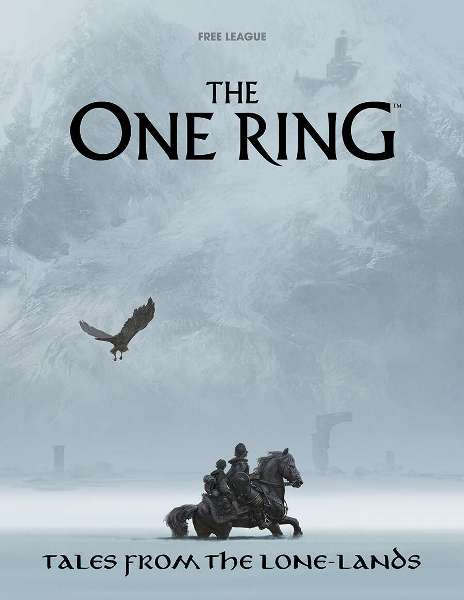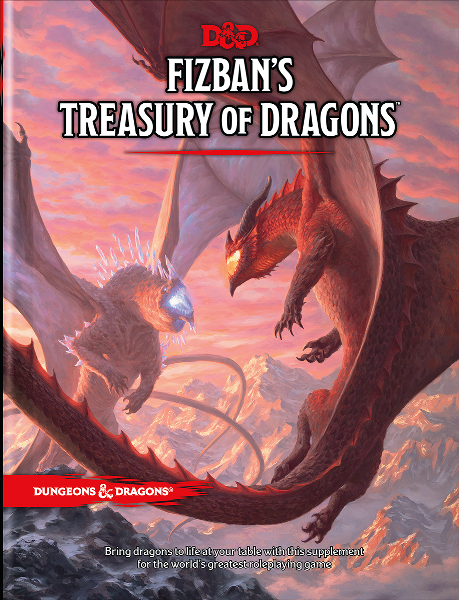Move It or Lost It!
By The Warden
 Last week, we talked about the importance of clarity in the rules and it dawned on me during that first phase of this discussion how movement can be one of the most misfired concepts of any game, particularly those using miniatures as a fundamental tool. The more I thought about it, the more this particular branch of rules clarity needs clarity. Yeah, that’s right.
Last week, we talked about the importance of clarity in the rules and it dawned on me during that first phase of this discussion how movement can be one of the most misfired concepts of any game, particularly those using miniatures as a fundamental tool. The more I thought about it, the more this particular branch of rules clarity needs clarity. Yeah, that’s right.
Getting your characters from Point A (the door) to Point B (the table next to the marble column) is an easy enough task to describe, but how it applies mechanically to a game truly depends on the complexity of the game and that’s related to the intention of the game. Combat heavy RPGs count on movement as a tactical maneuver with as much importance as an attack roll by utilizing concepts borrowed from wargames, while looser systems like story games rarely care at all about how you get there. For all intents and purposes, we’re going to look at the combat heavy games with miniatures as the prime example for movement rule clarity because it’s the ultimate proof of how difficult these rules can be. (It’s near identical to rules for time in games, as we discussed before in 6 Seconds.)
When minis are involved, there are grids and precise measurements of the represented size of a single grid (typically 5 feet or 1 metre); adjacent characters exist on the next grid and melee attacks can only be made against an adjacent character. Simple enough, but what happens when your character approaches an adjacent enemy? Or tries to pull back? Do characters gain a bonus to attack an enemy when they’re flanking? Can you target an enemy if they’re partially concealed by a piece of furniture and what matters most in that situation? The character or the grid they’re standing on? Every game has their own way of dealing with these situations and the irony is that addressing these situations with specific rules opens up a Pandora’s box of interpretation and debate.
EXAMPLES OF MOVEMENT ON THE GO
Let’s take attacks of opportunity (or opportunity attacks) from d20 games, including Pathfinder. When you’re standing adjacent to an enemy and attempt to step away, you provoke a bonus attack from that enemy. If you enter an enemy’s space (typically every adjacent square, but larger enemies can threaten more squares) and move to another threatened space, you provoke. In bygone days, the list for these attacks were blinding and has since been reduced to movement-based triggers. From a miniature standpoint, it’s a chess-like approach and makes sense from a game design point of view, yet from a “realistic” point of view – a term I’m really trying to use lightly because I’m not talking about true realism, but believability – I’ve always found it strange that experienced combatants can be so clumsy while stepping back from an opponent’s blade. To clarify, my issue is more with the idea of an enemy’s bonus attack, especially at low levels. If the opportunity attack provoked a decrease in AC, a bonus to the enemy’s next attack, or a shift in initiative, that could have worked for me, but I could never deny it was an incredibly appropriate rule for a miniature-based game. I’ve simply never used attack of opportunities in my d20 games as I rarely used miniatures in our games – we were totally mental players. Certain cases made complete sense, such as the PC flipping over onto the other side of the enemy and leaving themselves open for a wicked swing, but not in general. I’d abide by the rules for other DMs, but all but outlawed them in my own.
Moving diagonally is another example. Some games do not allow it at all, others do, and the rest provide a unique provision for doing so (such as spending an additional movement point to cross diagonally). This is only reserved for games with square grid on their maps, not hexagons because there is no true diagonal – everything’s diagonal. How you can move across the map has led to many players calculating their movement with as much consideration as their next power or spell, counting out squares with walking fingers or jumping their mini about, never counting their movement as final until they remove their hand from its head.
BREAKING THE LAWS OF PHYSICS AND FUN
To illustrate the effect of poor movement rules, I’d like to present something you’d think would be incredibly simple: a board game. The Big Bang Theory: Fact or Fiction Fan Edition trivia game works as any other trivia board game would by having each player roll a single die and moving that many spaces to determine their next question. This is a revised edition of the previous version with the following board.
At first, it’s an applicable pathway shaped like the swirling atom used prominently in the show’s logo, but where do you start? Which way do you move on your turn? According to the rules, there is no specified start location and players can move in whatever direction they want, resulting in players to choosing their next question or challenge by counting ahead before moving their piece. If you roll a 4 and on the second space you reach an intersection, would you count out the last two spaces and see where either route will take you? Or do you make a choice (left or right) and see what happens when you get there?
With the Fan Edition, the board has been updated to create a fixed pathway for players to follow, but there’s a problem with that plan. Can you figure out the path?
When my fiancee and I first whipped out this game, we had a bugger of a time figuring out the exact pathway we were expected to take and it wasn’t until 30 minutes later that we figured it out. You run alongside every curved pathway and pull a roundabout to the right of every intersection before it takes you onto the next curved pathway, and so forth until you’re right back at Start. Then again…
This right turn arrow breaks the pathway. Follow it and you’re going in the exact opposite of the arrows or become stuck in a constant Bill Murray-inspired loop. If it were facing left, you’re right back on track. And to make matters worse, the written rules for the game state the exact opposite for player movement.
“On your turn roll the Die (sic), then move your playing piece that many spaces in any direction along the path.”
It’s the perfect example of poor rules clarification on a fundamental aspect of game design and if it’s possible in a board game, just imagine how wrong things can go in a roleplaying game. That being said, it’s all fine and dandy to point out faults because I may be the only person interpreting the rules as such and doing nothing but bitching on a weekly editorial column would just make me a dick.
CHALLENGE: REVISING THE BIG BANG
The order has come in from up high that the rules must be revised and fast! The boards have already been printed, but the text must be revised for the movement rules and be ready to go to press tomorrow, but there’s no time or money to reprint all the boards. That’s the challenge I’m setting for us to fix these movement rules without altering the board. More importantly, it’s a reasonable challenge because these problems do occur in the industry and from a publishing standpoint, it’s cheaper to reprint the rules than the boards (though I would hope no one would have printed off their entire run of boards before going to print, but it has happened in other industries before).
Looking over a quick numbered list of problems to address, we find…
- A confusing pathway using arrows to direct traffic
- One arrow right before the START space heading in the wrong direction
- Conflicting rules for direction between text and board
The first problem can be fixed with a quick overhead of the board (photoshopped as the printed rules are only greyscale) and a drawn pathway around the board for players to follow visually. Arrows running along the board keep the pathway clear and concise.
The third problem will easily require the following text: “On your turn roll the Die, move your playing piece that many spaces following the arrows provided on the board.”
The second problem… that’s the big one. There’s clearly a misguided arrow on that board at the very end of the lap and it’s breaking the path. As we can’t remove it from the board, we have to come up with a way to incorporate it into the game without expanding on the rules beyond a single paragraph (though we may be able to get away with two paragraphs and reducing the font by one point).
What do you say, readers? I’d like to open up the floor and read what your solutions may be.






